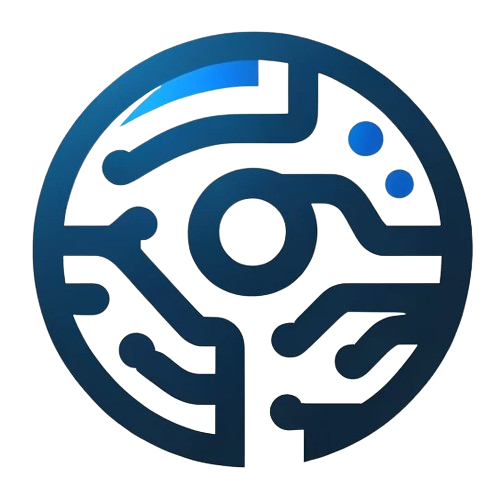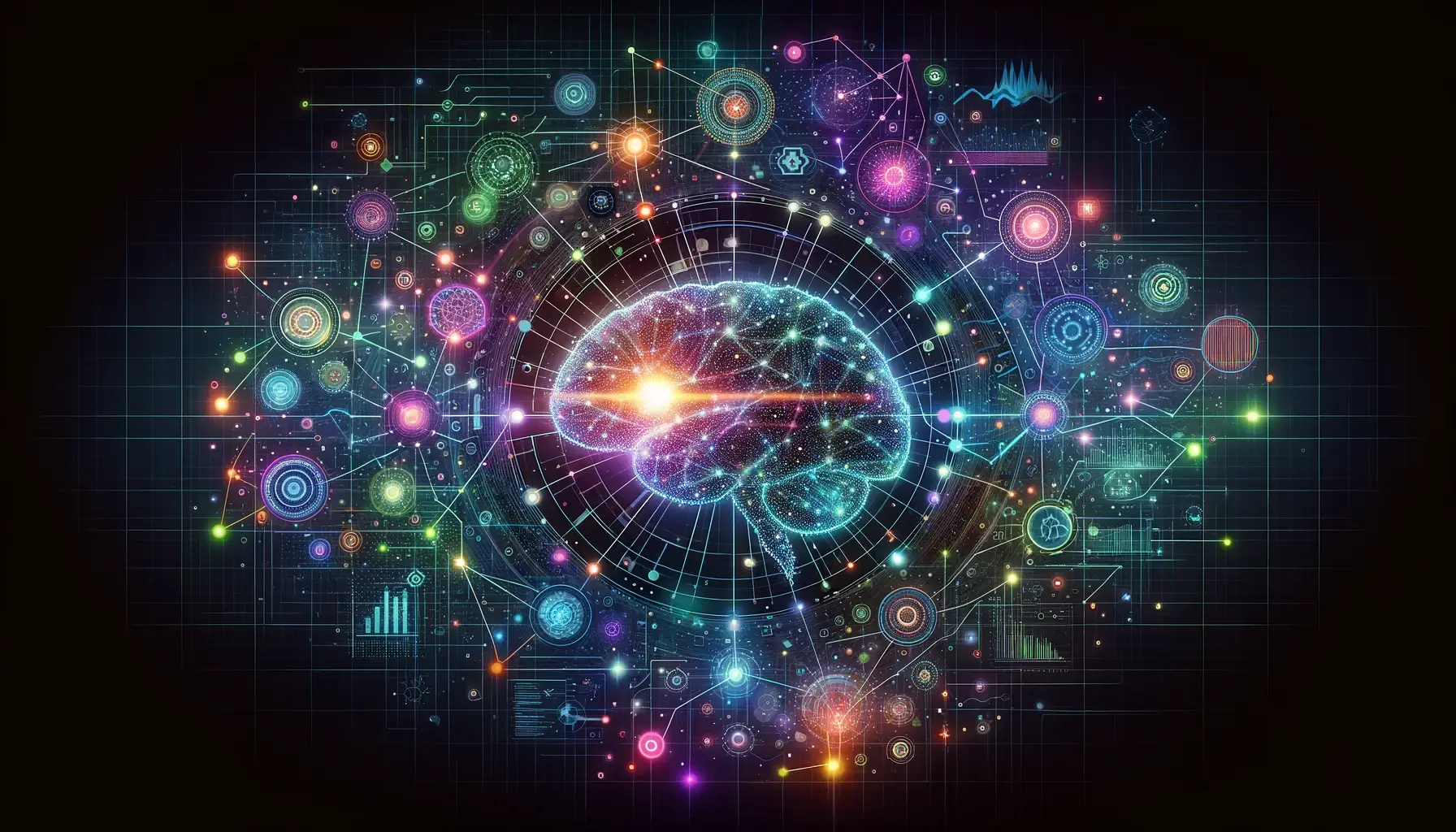In the expansive field of Artificial Intelligence (AI), Computer Vision (CV) emerges as a pivotal technology, granting machines the power to interpret and understand the visual world. Mimicking human vision, Computer Vision enables computers to identify, process, and analyze images or videos in real-time, transforming the way we interact with our environment and the digital realm. This blog post delves into the essence of Computer Vision, its core techniques, applications, challenges, and what the future holds for this fascinating AI domain.
What is Computer Vision?
Computer Vision is a branch of artificial intelligence that teaches machines to interpret and comprehend visual information. The goal of CV is not just to see but to understand the content and context of visual data. From recognizing faces in a crowd to navigating autonomous vehicles, Computer Vision is behind numerous technological advancements that seemed like science fiction a few decades ago.
Core Techniques in Computer Vision
Image Classification
The process of identifying and categorizing objects within an image into predefined classes. It’s the foundation for more complex tasks in Computer Vision.
Object Detection
Goes a step beyond classification to detect the presence of objects in an image and locate them precisely with a bounding box. This technique is crucial for applications requiring detailed visual understanding.
Segmentation
Further refines the process by dividing an image into segments or pixels to identify and classify each part of the image separately. Segmentation is particularly useful in medical imaging and autonomous driving.
Feature Extraction
Involves identifying key points or edges in an image to help machines recognize patterns, shapes, and objects. This technique is vital for face recognition and video tracking.
Applications of Computer Vision
The applications of Computer Vision are diverse and transformative across various sectors:
- Healthcare: From analyzing X-rays and MRIs for diagnostics to monitoring patients and assisting in surgeries, CV is revolutionizing medical care.
- Retail: Computer Vision in retail enhances customer experience through virtual fitting rooms, inventory management, and checkout-free shopping experiences.
- Automotive: Autonomous vehicles rely heavily on Computer Vision to navigate, avoid obstacles, and make driving decisions.
- Manufacturing: CV automates quality control, defect detection, and manages inventory, increasing efficiency and reducing errors.
- Security: Facial recognition and surveillance systems use Computer Vision to enhance public safety and security measures.
Challenges Facing Computer Vision
Despite its advancements, Computer Vision faces several challenges:
- Variability in Visual Data: The sheer diversity in angles, lighting, and obstructions in images and videos makes consistent interpretation challenging.
- Computational Demands: Processing and analyzing visual data require significant computational power and resources, especially for high-resolution images and real-time video analysis.
- Privacy Concerns: Applications like facial recognition raise ethical and privacy concerns, necessitating careful consideration and regulation.
The Future of Computer Vision
The future of Computer Vision is vibrant and promising, with ongoing research pushing the boundaries of what machines can understand visually. Emerging trends include:
- Improved Real-time Analysis: Advancements in hardware and algorithms are making real-time processing more efficient and accessible.
- Integration with Other AI Technologies: Combining Computer Vision with NLP and other AI domains for more comprehensive AI systems.
- Ethical AI and Privacy: Developing guidelines and technologies to address privacy concerns and ensure ethical use of Computer Vision.
In conclusion, Computer Vision stands as a testament to the remarkable progress in artificial intelligence, offering a glimpse into a future where machines can see and understand the world as we do. As this technology continues to evolve, it promises to unlock new possibilities, enhance human capabilities, and create innovative solutions to complex challenges.

